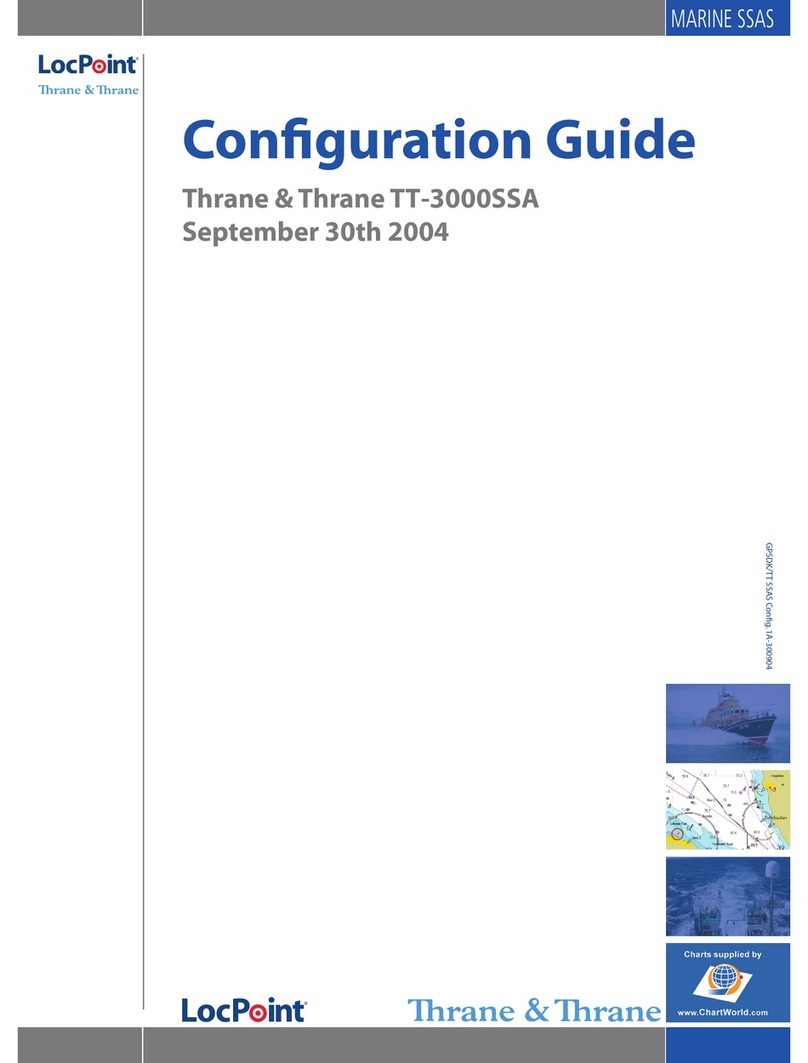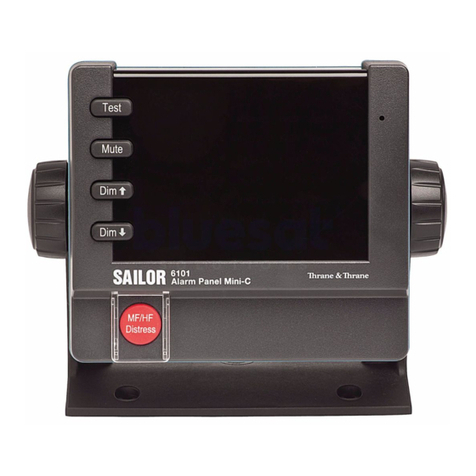Table of ContentsTable of Contents
7Jul987Jul98 PagePage ii
Table of Contents
1 Description ....................................................................................... 1
1.1 Specifications........................................................................ 2
1.2 Detailed description ............................................................. 3
1.3 Configuration........................................................................ 5
1.4 Installation............................................................................. 8
1.5 Connectors.......................................................................... 10
1.5.1 X1 Power In................................................................. 10
1.5.2 X2 I/O.......................................................................... 10
2 Operation.......................................................................................... 1
2.1.1 Distress Transmission.................................................... 1
2.1.2 Status Indicators............................................................ 2
2.1.3 EGC Indicators.............................................................. 2
2.1.4 Mail Indicator................................................................ 3
2.1.5 Call Group Reset........................................................... 3
2.1.6 Audio Indicator.............................................................. 3
2.1.7 Dimmer Control ............................................................ 3
2.1.8 Paper Feed.................................................................... 4
2.1.9 Paper Load .................................................................... 4
2.1.10 Paper Saving ............................................................... 4
2.1.11 Dot Energy.................................................................. 5
2.1.12 Selftest Printout ........................................................... 5
2.1.13 NMEA 0183 Sentence Input......................................... 5
2.1.14 NMEA 0183 Sentence Output...................................... 6
2.1.15 Serial Print input.......................................................... 6
2.1.16 Remote Turn-On.......................................................... 7
3 Fault Diagnostics............................................................................... 1
4 Outline .............................................................................................. 1






























